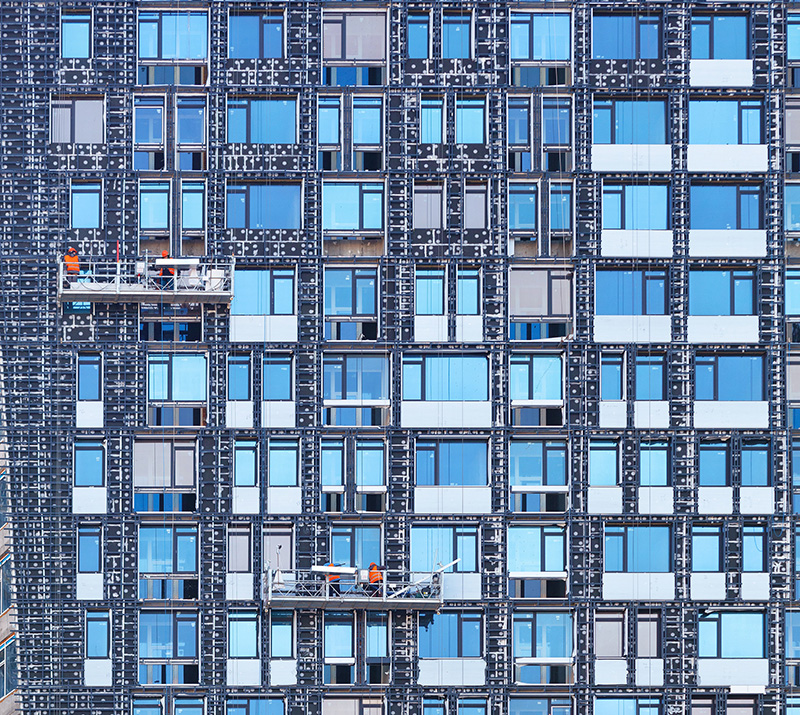Keep up to code through a fire-rated, thermally efficient facade
Increase thermal insulation and fire safety at the same time

One of the most formidable aspects of the construction process for industry professionals is the complexity of building codes. These codes, however, are critical to a building’s success or failure due to their roles in maintaining safe structures by protecting the occupants’ and communities’ health and safety. Building projects and construction materials must withstand several assessments to ensure the building codes are met.
Building codes began to take shape in the U.S during the late 1800s to reduce the incidence of fires within densely populated urban settings. Initially created to mitigate the spread of fire, building codes have evolved into a set of regulations to enhance structures’ overall safety.
Using fire-resistant cladding and fenestration systems can improve building safety by preventing the spread of fire, limiting the damage to the building and providing occupants with sufficient time to evacuate safely. To defend against the spread of flames, smoke and heat, fenestration and façade systems must be carefully specified and precisely engineered and manufactured.
The entire wall assembly, including all its components, such as cladding materials, insulation, air barriers, and fenestration systems, windows, doors, and other glazed elements should be fire-rated to offer the highest classification of fire safety.
Fire-safety testing for systems and components
The National Fire Protection Association (NFPA) is a global nonprofit organization devoted to eliminating death, injury, property and economic loss due to fire, electrical and related hazards. NFPA 285 “Standard Fire Test method for Evaluation of Fire Propagation Characteristics of Exterior Wall Assemblies Containing Combustible Components” is a large-scale wall assembly test used to determine the potential for flame spread from one story of a building to another through the exterior wall.
The NFPA 285 fire test is designed to provide guidance on the minimum standard of fire safety for exterior wall assemblies. This test method cannot determine material or component compliance. To ascertain compliance for materials or components, look to tests such as:
- ASTM E84 “Standard Test Method for Surface Burning Characteristics of Building Materials”
- ASTM E136 “Standard Test Method for Assessing Combustibility of Materials Using a Vertical Tube Furnace at 750 ºC”
- ASTM E1354 “Standard Test Method for Heat and Visible Smoke Release Rates for Materials and Products Using an Oxygen Consumption Calorimeter”
These standard tests methods will determine whether a material can be included in an NFPA 285-compliant exterior wall assembly.
Fire safety can include thermal-efficiency
Fenestration and façade systems play crucial roles in preventing the spread of fire and protecting the building’s occupants. Improving thermal insulation in the building envelope not only increases energy efficiency, but also helps to mitigate fire hazards. This includes the use of cladding, wall assemblies, insulation, insulating glass units and components with superior thermal properties.
Specify that your fire-resistant fenestration and façade systems include thermally broken and insulated components. This helps prevent heat transfer between the inside and outside of the building, further reducing the risk of fire spread and offering greater protection to building occupants.





